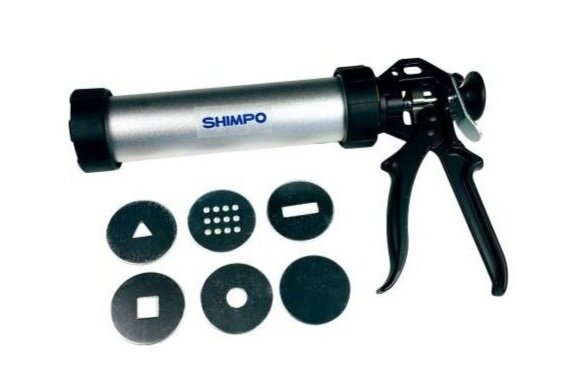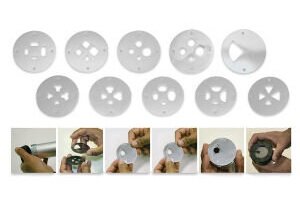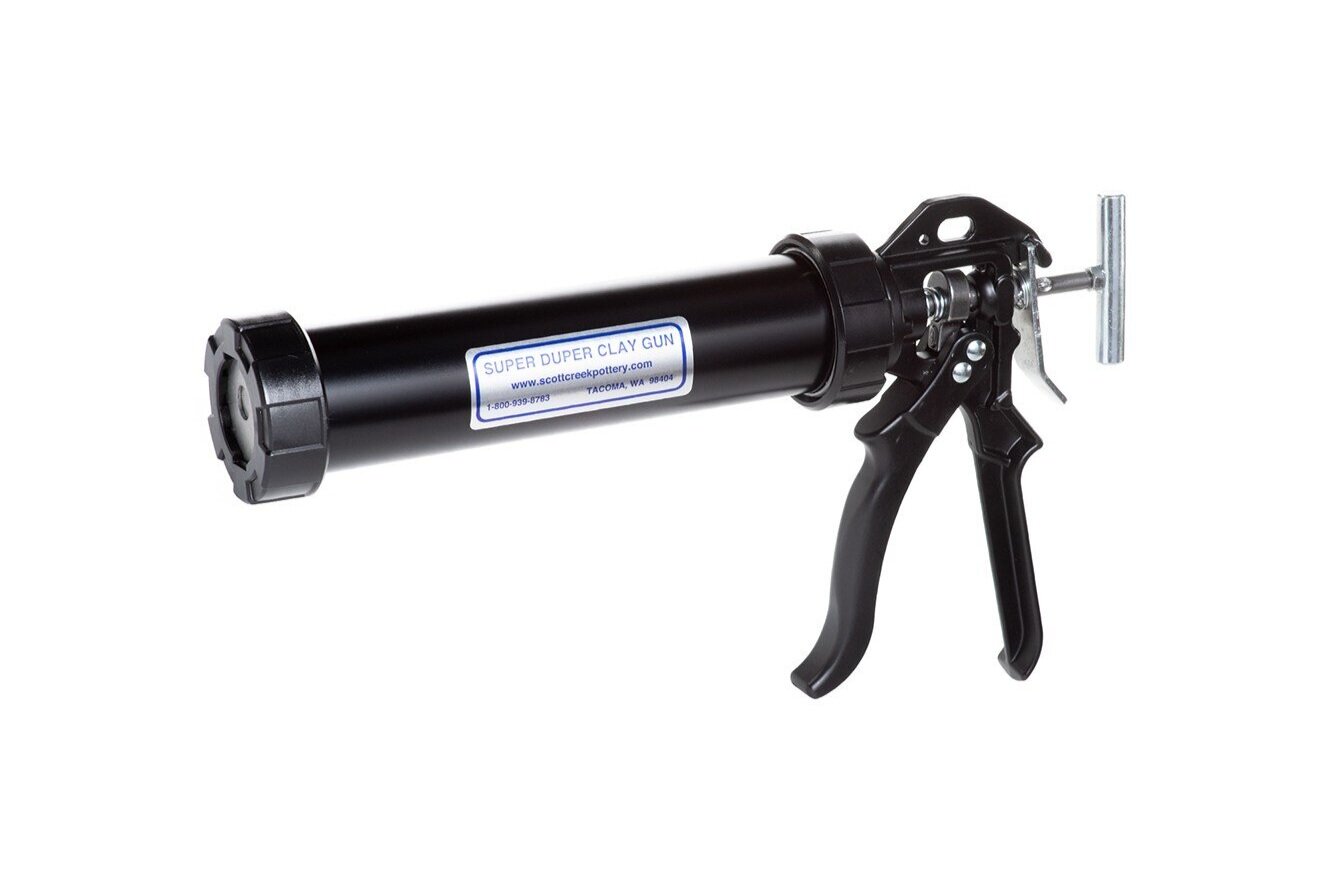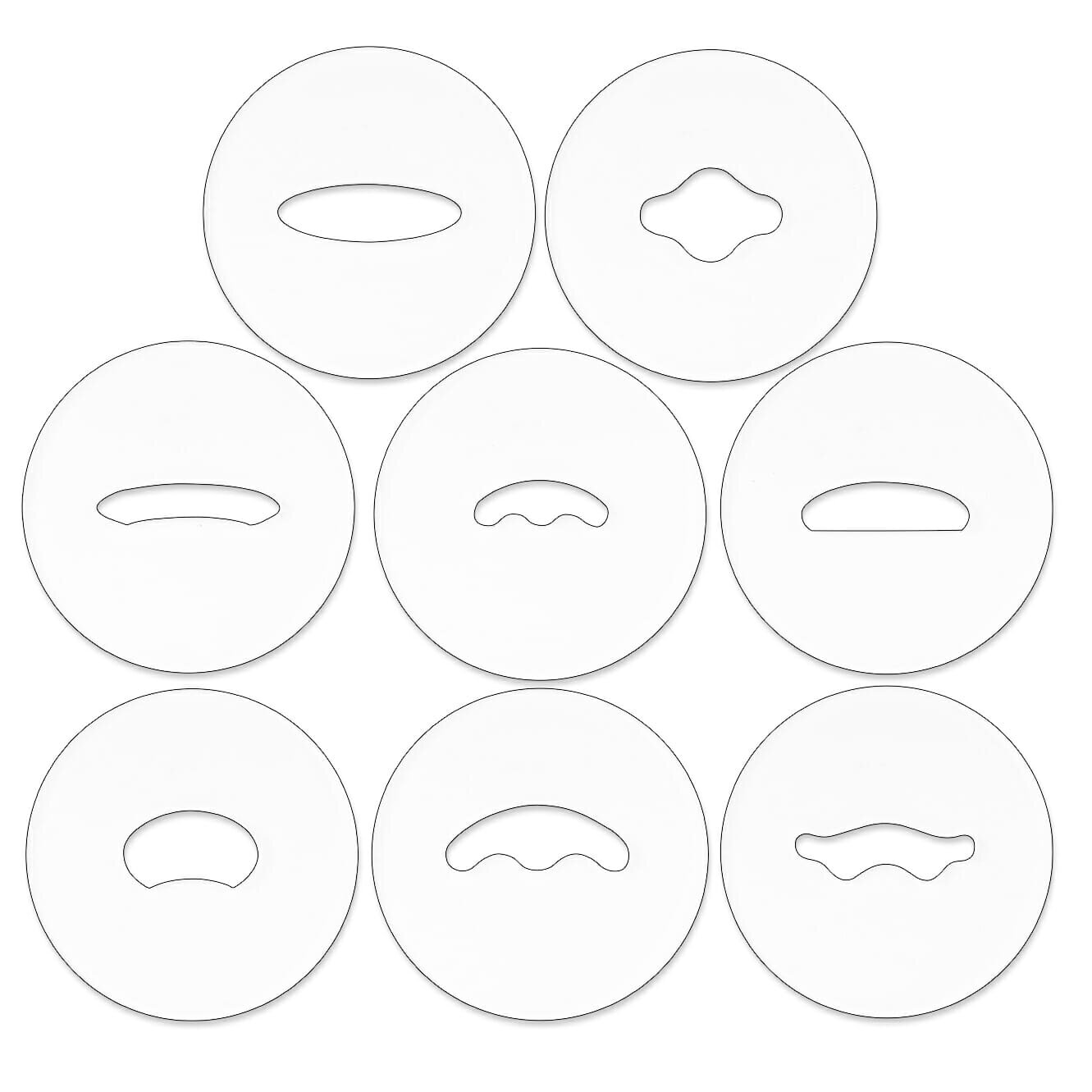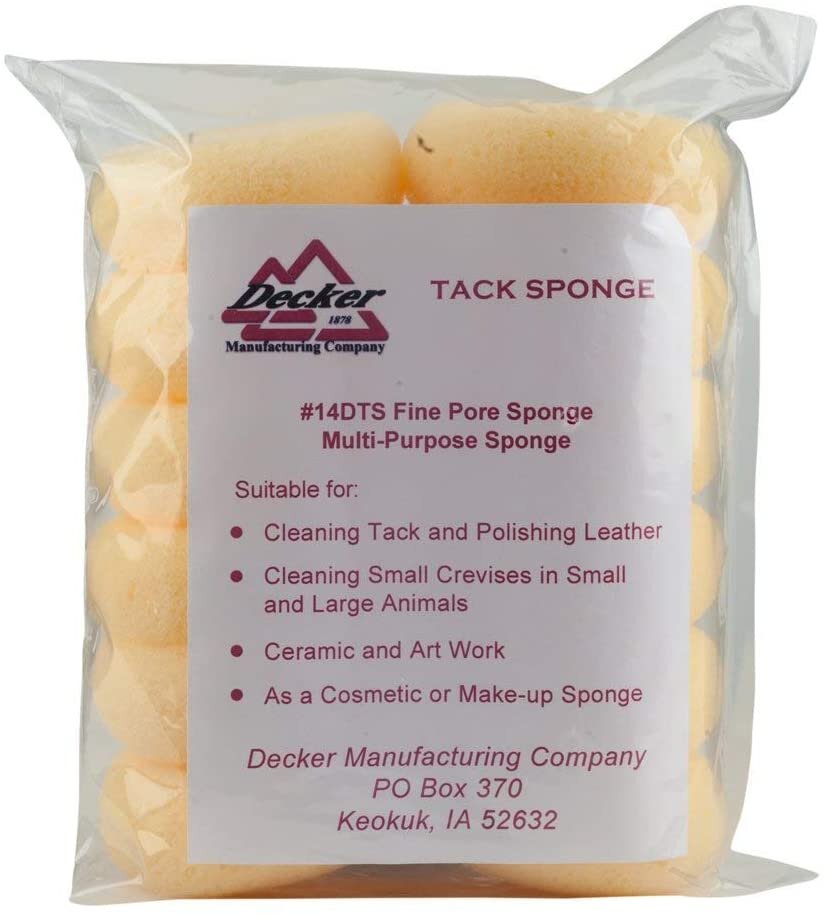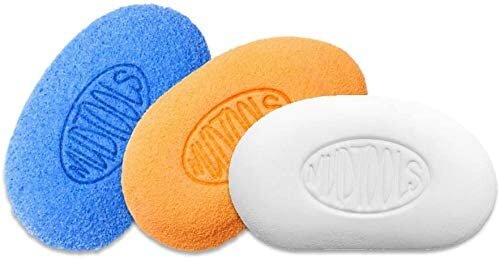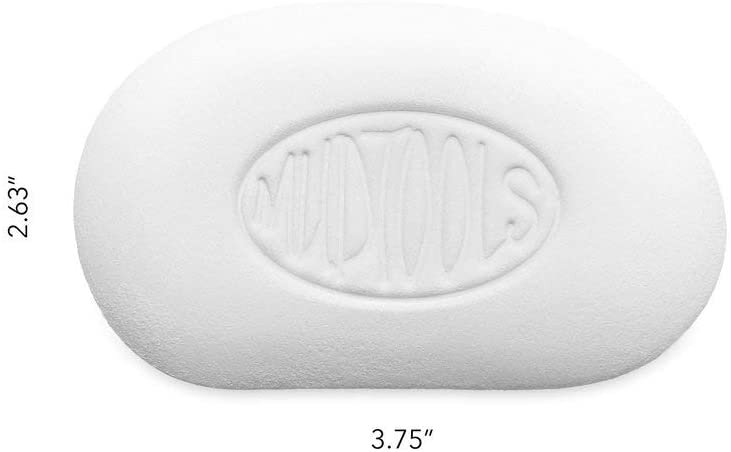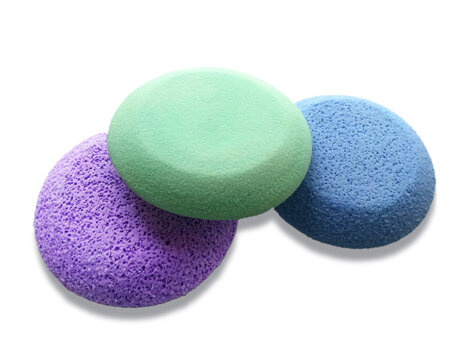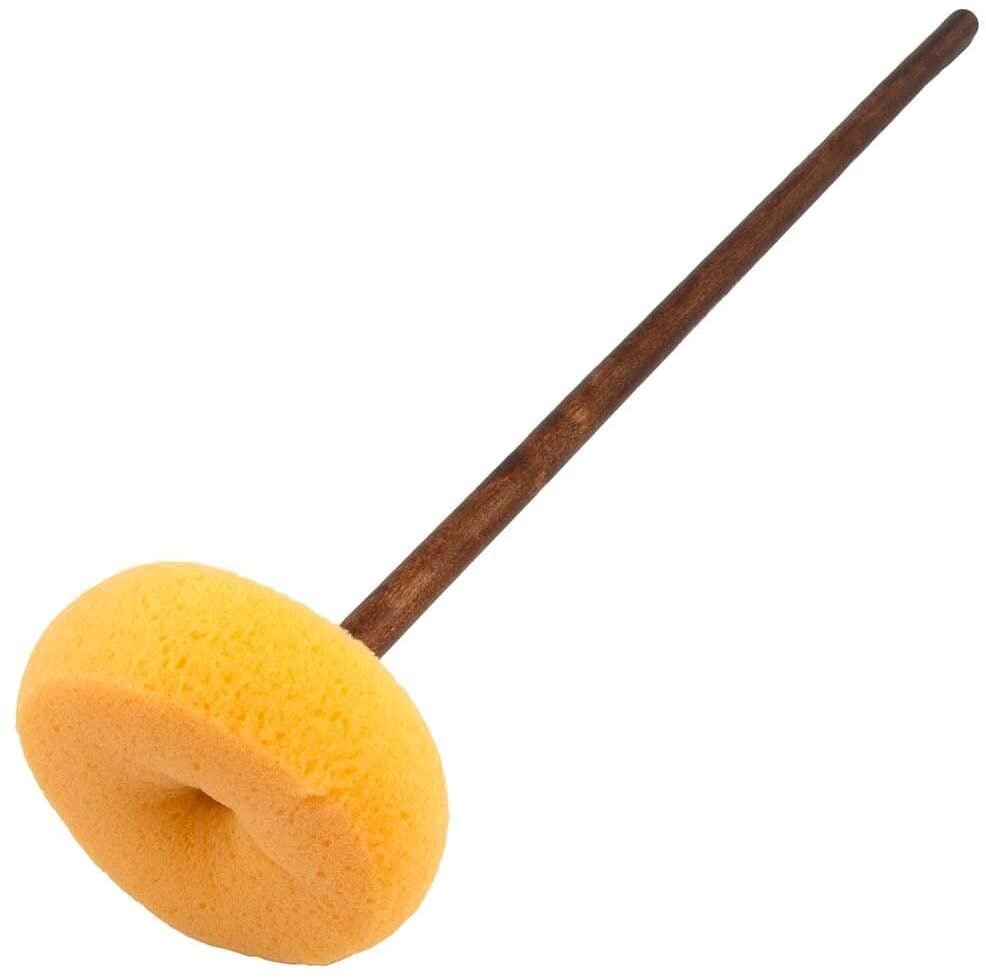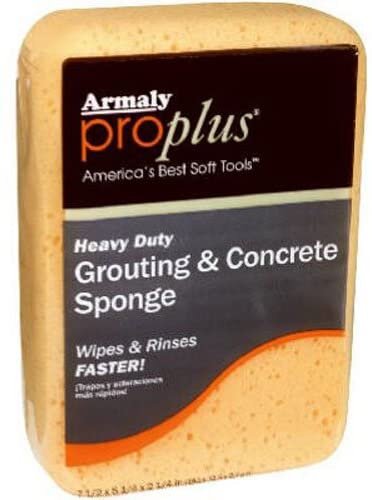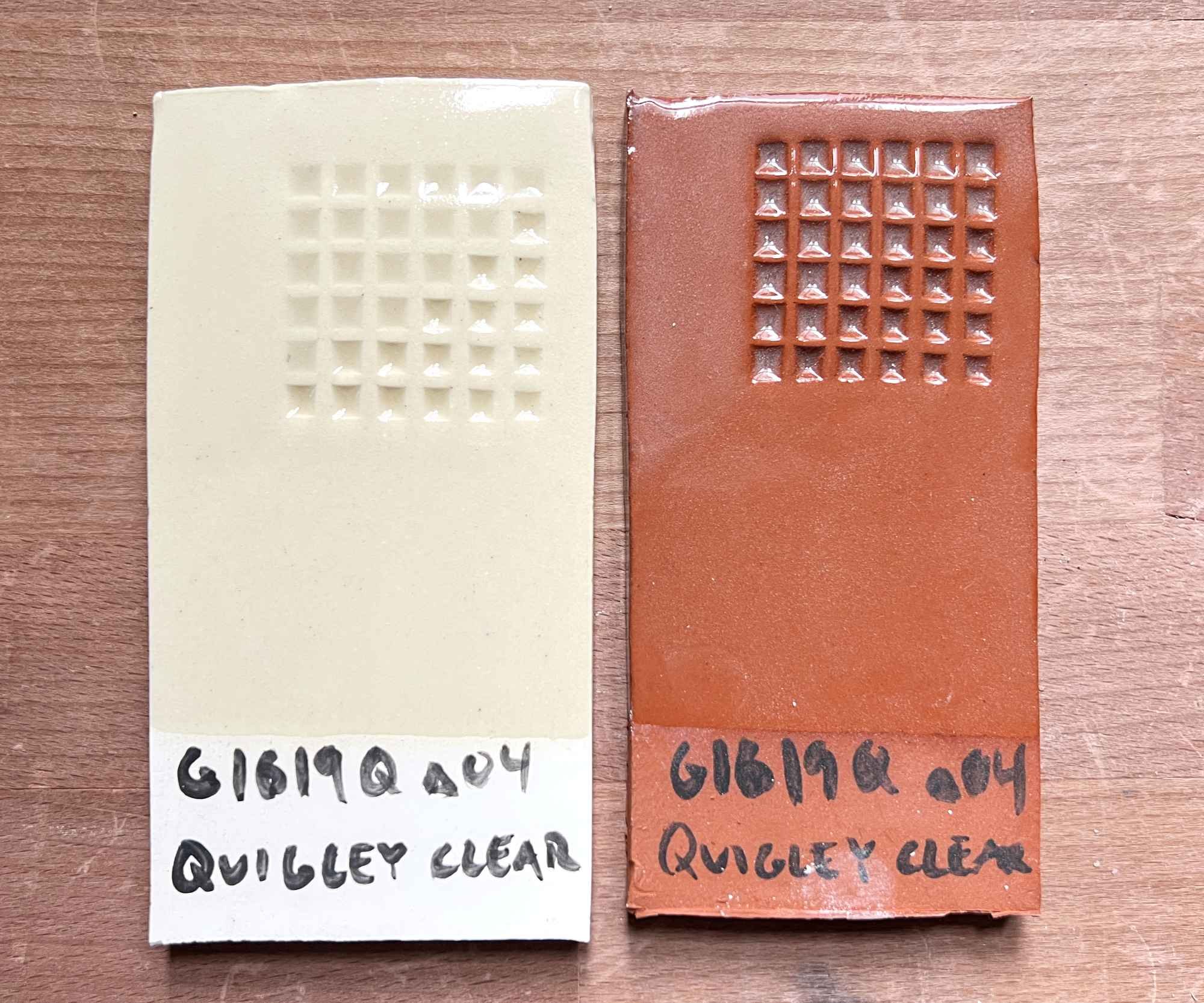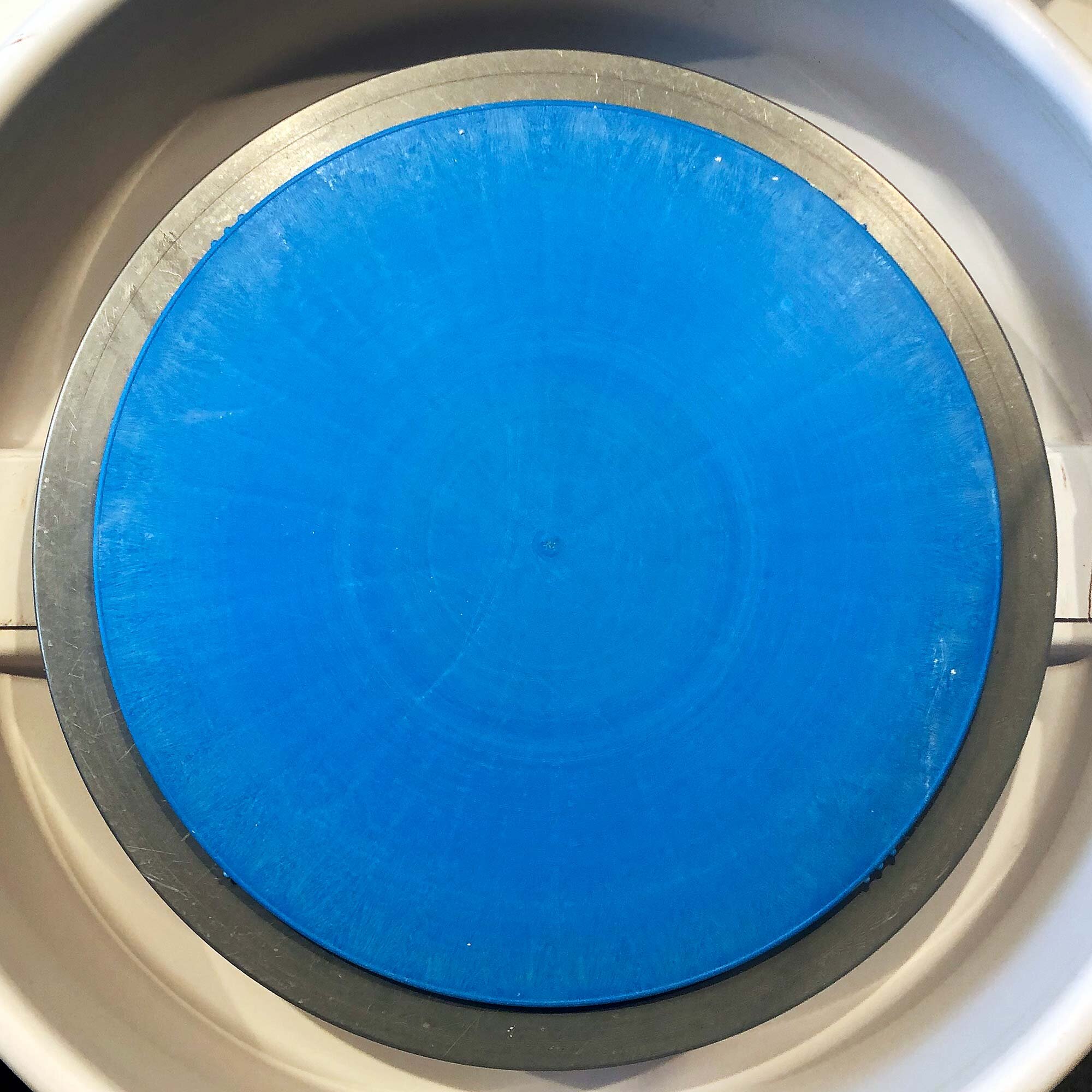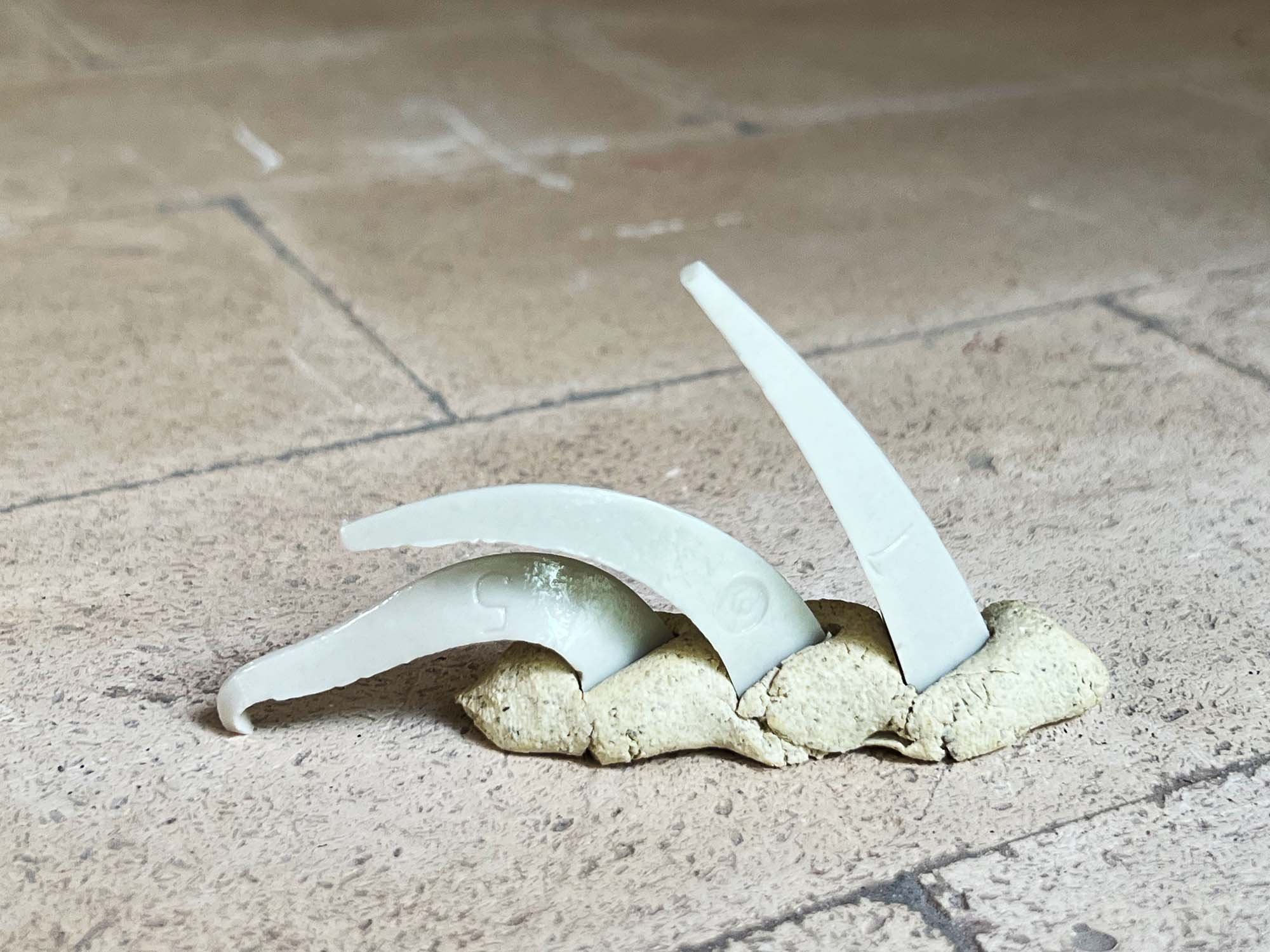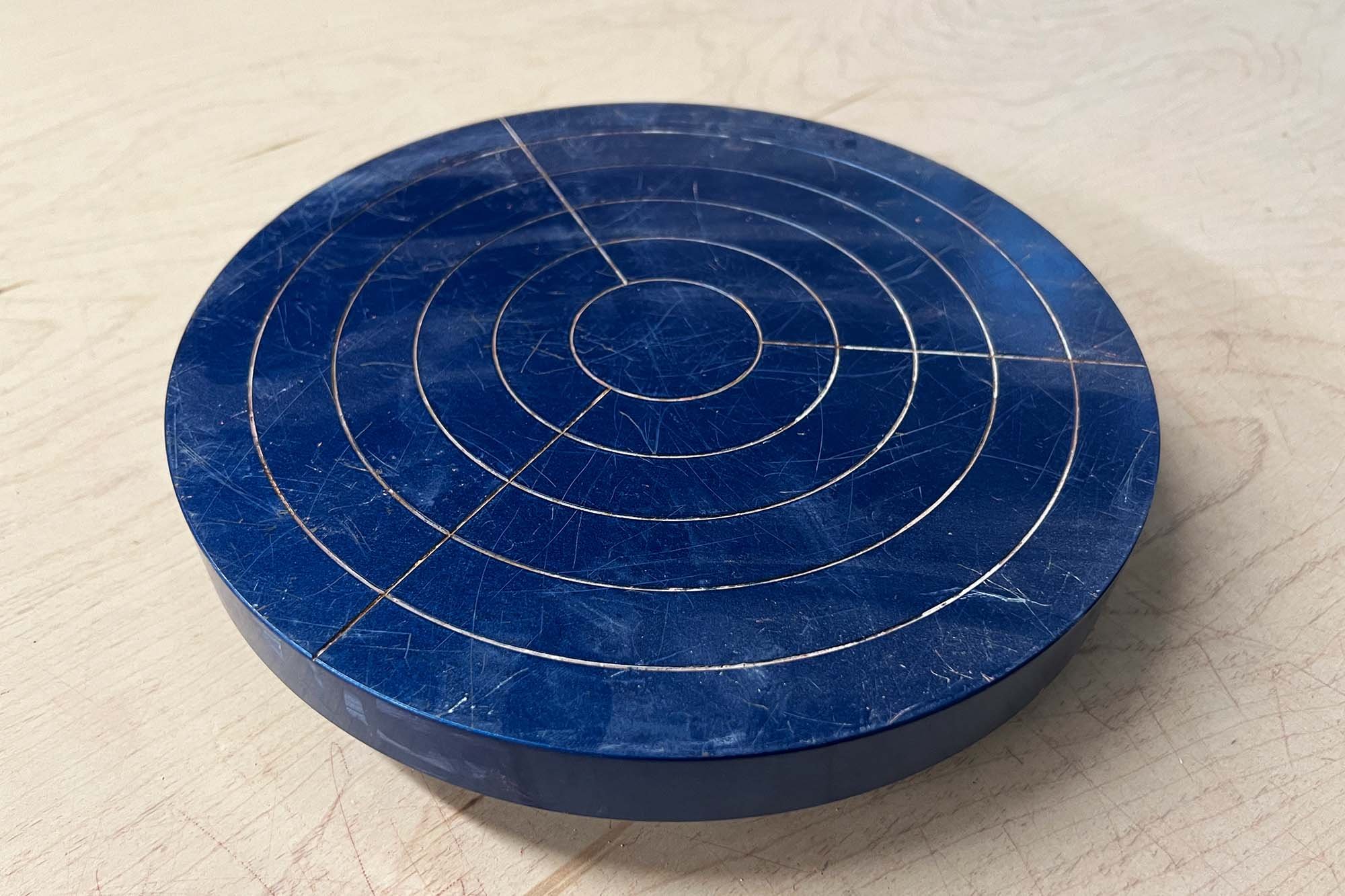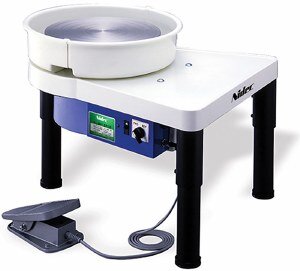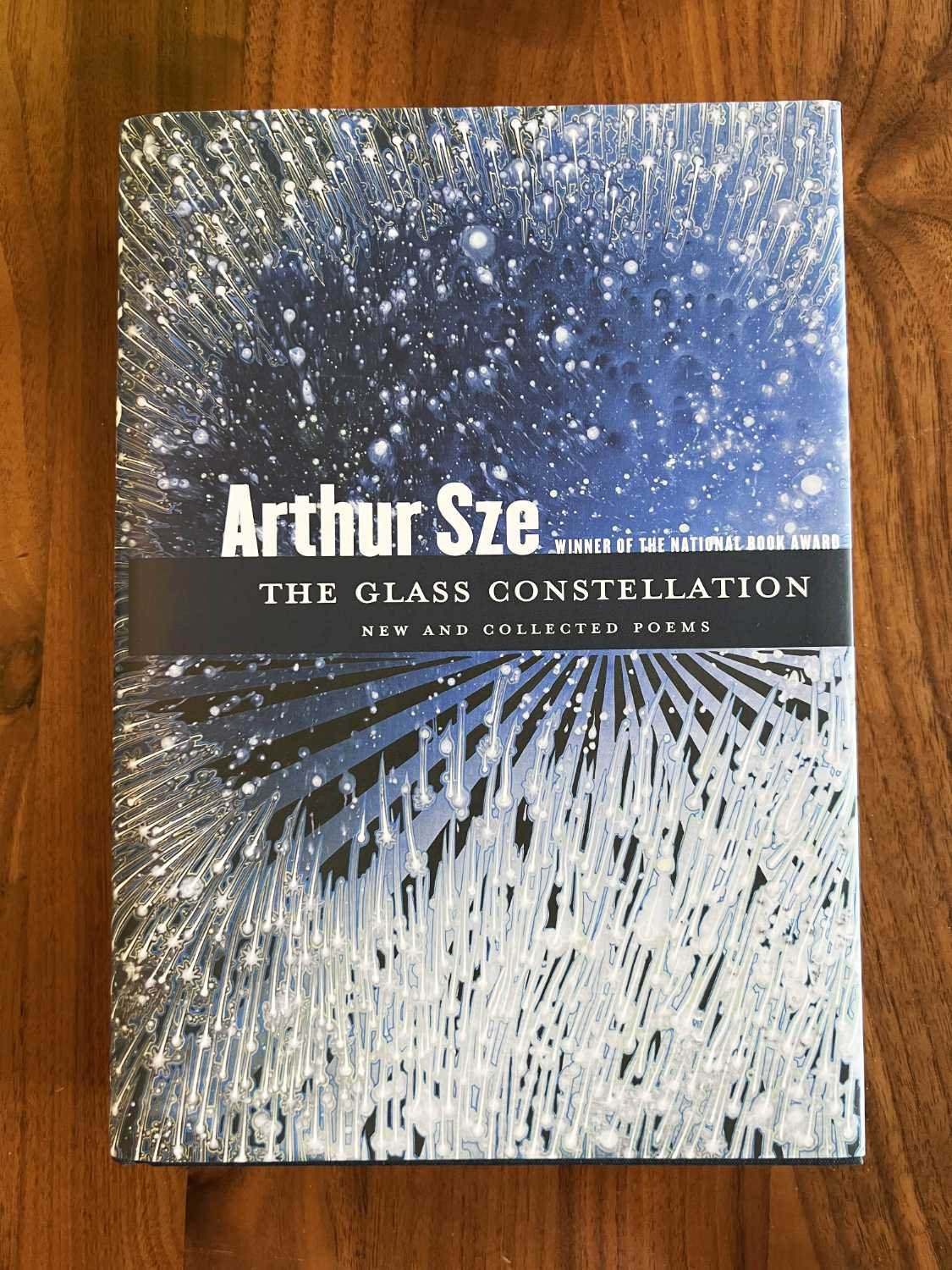The Shimpo Nidec Handheld Extruder comes with 5 aluminum dies and one blank.
Handheld extruders or “clay guns” are useful tools for making small runs of handles, coils, and small hollow forms. If you are looking to make a repeatable shape in a quick, efficient way, then a handheld extruder is what you need.
These extruders work like a caulk gun: you fill the barrel with clay, screw the cap over the die form, and repeatedly squeeze the trigger to push clay through the die. It can be a bit of a wrist workout, so definitely use soft clay with these.
There are four options when choosing a handheld extruder: 2 sizes from Scott Creek, and one each from Shimpo and Kemper. There are also two miniature clay extruders such as the Kemper Klay Gun, for making extremely small shapes, which I’ll cover at the end of the post.
It’s really a coin toss as all four handheld extruders are well made, but for most studios and hand sizes, I would recommend the Shimpo Handheld Extruder. For about the same price, the Shimpo Handheld Extruder comes with a few more dies than the Scott Creek, and I prefer the circular handle at the back as opposed to the bar handle on the Scott Creek models. And as this is a handheld extruder, I prefer the shorter and wider barrel of the Shimpo because it is easier to squeeze out the clay.
A full review of handheld extruders follows, including the three options from Shimpo or Scott Creek, and two options for smaller decorative clay extruders. For larger extruders, check out our guide to wall-mounted extruders here.
Table of Contents
Shimpo Handheld Extruder
Scott Creek Super Duper Clay Gun and Clay Gun XL
Kemper IKEG Klay Extruder
Small Extruders: Kemper Klay Gun and Bailey Clay Gun
Summary
Top Pick: Shimpo Handheld Extruder
The Shimpo Handheld Extruder comes with 5 dies and one blank die.
The Shimpo Hollow Die Kit has 8 shapes. The middle of each shape is screwed on to the larger piece at the bottom.
The Shimpo Handheld Extruder is a quality tool that lets you easily make shaped coils, small hollow forms, or handles. It’s basically a caulk gun with an aluminum barrel and dies. The threaded barrel is 2 1/4” wide and about 10 inches long. The entire model measures about 13 x 9 x 3 inches, weighs just a few pounds, and can easily be stored in a drawer. It can be entirely submerged in water for cleanup, but you may want to oil the hinges and moving metal parts as needed.
Shimpo 4-in-1 Die Kit has 8 shapes of varying sizes and an isolator die.
The Shimpo Extruder is the top pick because the kit comes with five dies and one blank, and I prefer the circular handle. I also find the the shorter barrel makes it easier to squeeze out the clay, even though that means more frequent refilling. But it’s really a coin toss if this is better than the Scott Creek Clay Gun and the choice really comes down to personal preference. In my studio, I use a Shimpo Handheld Extruder along with a mixture of dies from Shimpo and Scott Creek.
Shimpo has two die kits: one with a selection of eight hollow forms and another with eight “4-in-1” shapes of varying sizes. You can extrude all four sizes at once, or use the isolation die to select just one. The hollow forms are what most people go for, as those shapes would be extremely hard to make without a die, but both kits would really expand the options in your studio.
The Shimpo Handheld Extruder generally retails for around $60 and the die kits are about $40 each. You can find this tool at ceramic supply stores or online at Blick.
Scott Creek Super Duper Clay Extruder and Clay Extruder XL
The Scott Creek Super Duper Clay Gun.
The Scott Creek XL Clay Gun has a 15” barrel.
Scott Creek makes two handheld extruders and five die kits. The Super Duper Clay Gun has a 10 inch barrel while the XL has a 15 inch barrel. Both feature a bar handle at the rear as opposed to the circular handle on the Shimpo. The barrel is 2 inches wide, which is 1/4” smaller than the Shimpo. Note that the Scott Creek die kits will definitely fit the Shimpo Extruder, but the Shimpo dies may not work with the Scott Creek guns. Both Scott Creek extruders come with one coil die and two blank aluminum dies.
The Scott Creek Handle Die Kit features 8 shapes cut out of clear acrylic. The Scott Creek Dies are compatible with the Shimpo Extruder.
Scott Creek extruders are rugged, well built, and will get the job done. They are a bit harder to find in stores, but are readily available direct from the manufacturer. Scott Creek also makes a hollow aluminum die kit with the same shapes as Shimpo, along with an aluminum die kit of small forms. There are also three die sets made out of clear acrylic including a “shape and coil” kit, tile trim kit, and handle kit. The handle kit is my most used die kit and I would recommend that kit regardless of which extruder you purchase.
Although it might seem attractive to use the larger XL Extruder, keep in mind that the longer barrel may be harder to clean and store, and it is that much harder to squeeze clay out. (Any handheld extruder really relies on wrist strength.)
The Scott Creek Super Duper Clay Extruder usually retails for around $55-60, and the XL goes for around $70, and the die kits generally cost about $40 each.
Kemper IKEG Klay Extruder
The Kemper IKEG Klay Extruder
The Kemper IKEG Klay Extruder is an interesting offering from the venerable clay tool manufacturer. It’s even longer than the Scott Creek XL, with a barrel measuring 20 inches in length by 2 inches wide. It comes with 3 aluminum coil dies, 1 blank die, and 2 plastic spouts.
As stated above, I feel that a shorter barrel is easier to use but if you decide to go with this option, you can always just fill the barrel with less clay to make it easier to use. Aside from that, the trigger of this gun is virtually identical to the Shimpo with a circular handle. Kemper has a limited offering of dies, but Scott Creek dies will work with this extruder.
The Kemper IKEG Klay Extruder typically retails for around $60 and can be found at ceramic suppliers such as Bailey.
Mini Extruders: Kemper K45 Klay Gun and Bailey Clay Gun
These miniature clay extruders are useful for making texture or super small coils, such as for hair. They also work with polymer clay, so if you are working in miniatures, this is the clay extruder for you. For typical clay studios, these mini guns often sit unused in studio drawers but if you need a really specific shape, they may work for you. They are virtually identical but the Bailey set also comes with a handy plastic carrying case.
The Bailey Clay Gun is a miniature extruder.
Bailey Clay Gun
The Bailey Clay Gun has 19 dies and a carrying case. It typically costs around $13. Make sure that whatever you put in the barrel is very soft.
Kemper Klay Gun
The Kemper Klay Gun also has 19 dies and typically costs around $13. It may be exactly the same thing as the Bailey Clay Gun, but it doesn’t have a case.
Summary
Handheld extruders are a great way to make small batches of similar shapes, such as handles or hollow shapes. For a long time, I thought of them as an extraneous tool but once I started using them, I found that I really liked the look of extruded handles. Definitely don’t get one of these if it will simply sit unused in a drawer.
With only four models on the market, all are basically the same with just a few minor differences, so you can’t go wrong. For me, I prefer the slightly wider and shorter Shimpo barrel but my favorite dies are the handle kit from Scott Creek. You will find your own combination that works for you.

